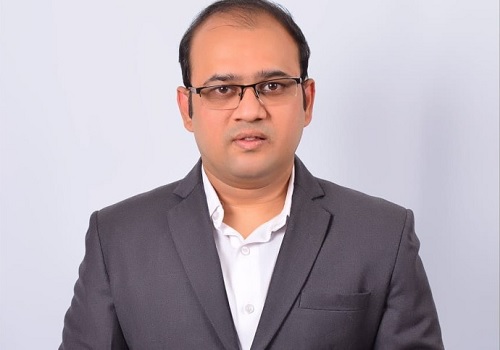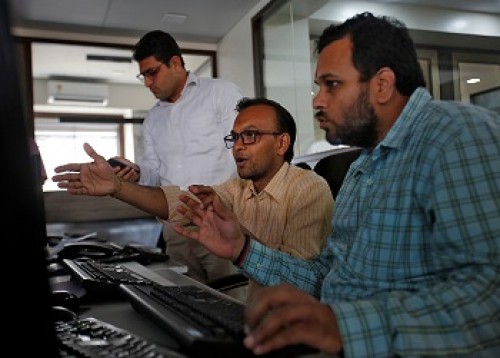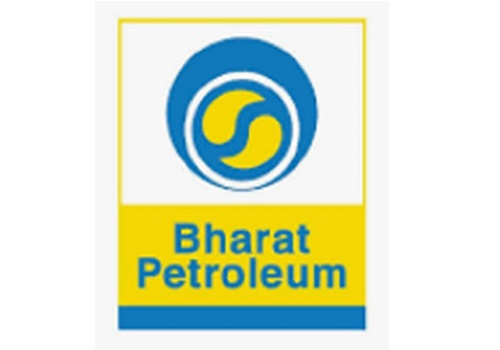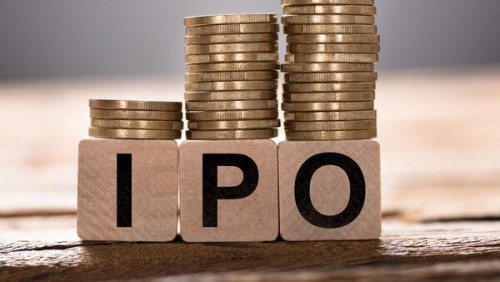AUM Growth in Passives Outpacing Active Funds : Motilal Oswal Financial Services Ltd

* The contribution of passives to the overall AUM has been rising consistently in developed economies such as the US (50%+ contribution). The momentum has picked up in India too with a rampant belief of massive underperformance of active funds v/s passive funds.
* While active funds have underperformed benchmarks, the returns of ETFs have also been lower than their respective indices, owing to the tracking error. Nevertheless, passive investing in India has seen a strong traction over the past four years with AUM for ETFs/Index funds witnessing a CAGR of 36%/132%.
* The growth has been led by strong flows into both ETFs and Index funds, wherein cumulatively over the past four years, the net inflows into these categories were at INR3.9t. This is exactly the same as inflows into the equity segment.
* Resultantly, the share of passives AUM (ETFs and Index funds) in the overall AUM has increased to ~16.5% in Mar’23 from ~6% in June’19.
* However, looking at granular data, EPFO investments into ETF has been the key driving force. As per media reports, the investment value at the end of FY22 stood at INR2.3t, resulting in a share of 56% of the overall ETF AUM.
* HNIs, also, have lapped up ETFs and have witnessed an ETF AUM CAGR of 73% over FY19-23 and resultantly the share of HNIs in ETF AUM has increased to 6% in FY23 from 3% in FY19. Also, it is pertinent to note that the ETF AUM per folio for HNIs is more than 2x their AUM per folio in the equity segment.
* Retail investments into ETF have also been growing at a healthy pace and have witnessed a 56% AUM CAGR over the past four years. However, the share of ETF in total retail AUM stands at just ~1% in FY23. Also, the AUM per folio is less than onetenth the exposure to equity schemes.
* Yields on ETFs are significantly lower when compared with any other AUM category. Hence, rising share of passives will impact CAMS adversely. On the other hand, a company like 360ONE can benefit by transitioning its customers' ETF investments from a distribution model to an advisory model. This shift would lead to higher yields in the advisory business compared to the distribution of ETFs. We currently have a BUY rating on both CAMS and 360ONE.
AUM growth in passives outpacing active funds
* Over the past five years, AUM growth of ETFs/Index Funds in India stood at 38%/129% as compared to Active equity schemes CAGR of 17%.
* Cumulatively, over the past four years, the inflows in ETFs and Index funds have been to the tune INR3.9t, which is exactly in line with the inflows in the active equity segment.
* The flows, however, are predominantly from Corporates (including EPFO) and HNIs. Retail investors remain elusive from this space as a large portion (75%) of retail assets are still garnered from the distributor channel. RIAs earn negligible fees in selling ETFs, whereas in equity schemes, the commission rates are upwards of 80bp.
* Passive investments are comparatively more attractive than active investments owing to their ease of investing, better liquidity, and lower cost.
* In the terms of returns, our analysis shows that the 1-year, 3-year and 5-year returns for large cap active equity schemes and ETFs are not materially different.
To Read Complete Report & Disclaimer Click Here
For More Motilal Oswal Securities Ltd Disclaimer http://www.motilaloswal.com/MOSLdisclaimer/disclaimer.html SEBI Registration number is INH000000412
Above views are of the author and not of the website kindly read disclaime










Tag News
More News

Cement Sector Update : Transitory inflation on cards for cement By Elara Capital Ltd









